
Why Cast Iron Is So Popular And How To Maintain It?
There’s a good reason why cast iron cookware has been around for so many years — it’s incredibly durable and long lasting. Cast iron is an alloy of iron with a small percentage of carbon, silicon and manganese.
WHY TO CHOOSE CAST IRON COOKWARE?
• Durability - cookware with proper care will last a long time;
• Energy saving - keeps warm for a long time;
• Natural non-stick properties - intensify in the process of constant use;
• Versatility - can be cooked on the stove any type, in the oven, on the grill and on an open fire; easy to transition from stovetop to oven to table (they’re great for one-pot meals!)
• Thick walls contribute to even distribution of heat, and prevent deformation from overheating or falls;
• Safe for health and the environment environment; free of chemicals such as PFTE and PFOA
• Approved by professionals.
CAST IRON MAINTAINANCE
- Cast iron must be properly seasoned before you use it. The process of heating oil in your pan, called fat polymerization, helps to create a layer that is non-stick and protects the pan from food and air. Before the first use, the cast iron pan must be thoroughly washed with warm water, wiped with a soft cloth and hold on the stove for 5-6 minutes to thoroughly heat up.
- Then its entire inner surface must be lubricated with oil. It is better to
use olive oil as it will produce less smoke.
- When the pan has cooled down, a non-stick layer is already formed. Since cast iron cookware is prone to rust, it must be stored completely dry.
- Each time after washing its is recommended to leave the pan on the hot stove to eliminate any moisture. You can simply wipe it thoroughly with a rag or paper with a napkin, but this will not remove 100% moisture from its surface.
- Cast iron cookware should only be washed by hand, without the use of a dishwasher and any household chemicals. The use of cleaning compounds will damage the non-stick layer. Scrapers should also not be used. If food stuck to the surface cast iron skillet, it is enough to pour boiling water over it for a couple of minutes.
*If you violate the rules for caring for this cookware, rust spots will appear on its surface.
-To remove them, use a metal brush, then applythe same procedure as before using the cast iron skillet for the first time.
Some things to keep in mind:
- It will become more non-stick over time. Cast iron skillets aren’t the same as traditional non-stick surfaces; however, the non-stickiness (a very technical term) will increase with repeated use and seasoning. The first time you use it, perhaps try something simpler like a stir-fry rather than your favourite pancake recipe and test the waters.
- The entire pan gets hot! With most pans or skillets, the handle is cast iron too and it will get very hot if you touch it. Either use an oven mitt, or purchase a handle cover.
- Be generous with cooking oils. Again, ensure you use heat-safe and healthy oils.
- Re-season after every use. If you want to maintain and build the effectiveness of cast iron, you’ll need to re-season it after every use. More on that in the section below!
- Have fun and experiment. You can cook a variety of foods in cast iron skillets – meats, tofu, tempeh, burgers, vegetables, eggs and beans. It’s also great for toasting spices or nuts and seeds and you can even make gluten-free baked goods in it, too.
With proper care, this cookware will serve you for decades to come.
SHOP NOW for our FISSMAN Cast Iron Collection!
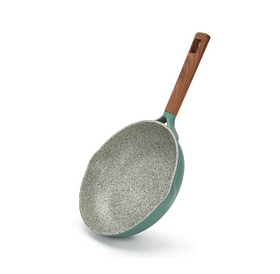
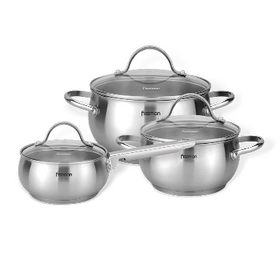
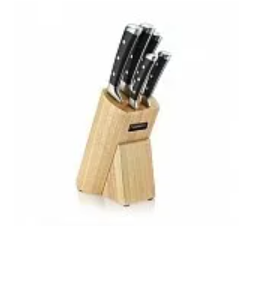
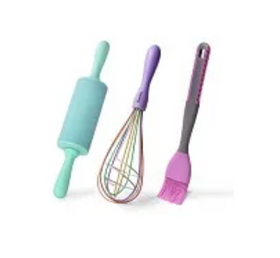

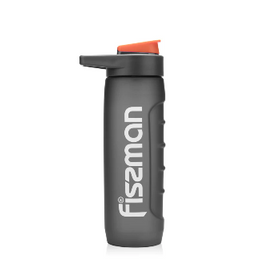
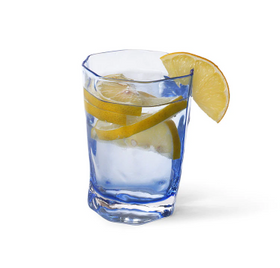




























Leave a comment